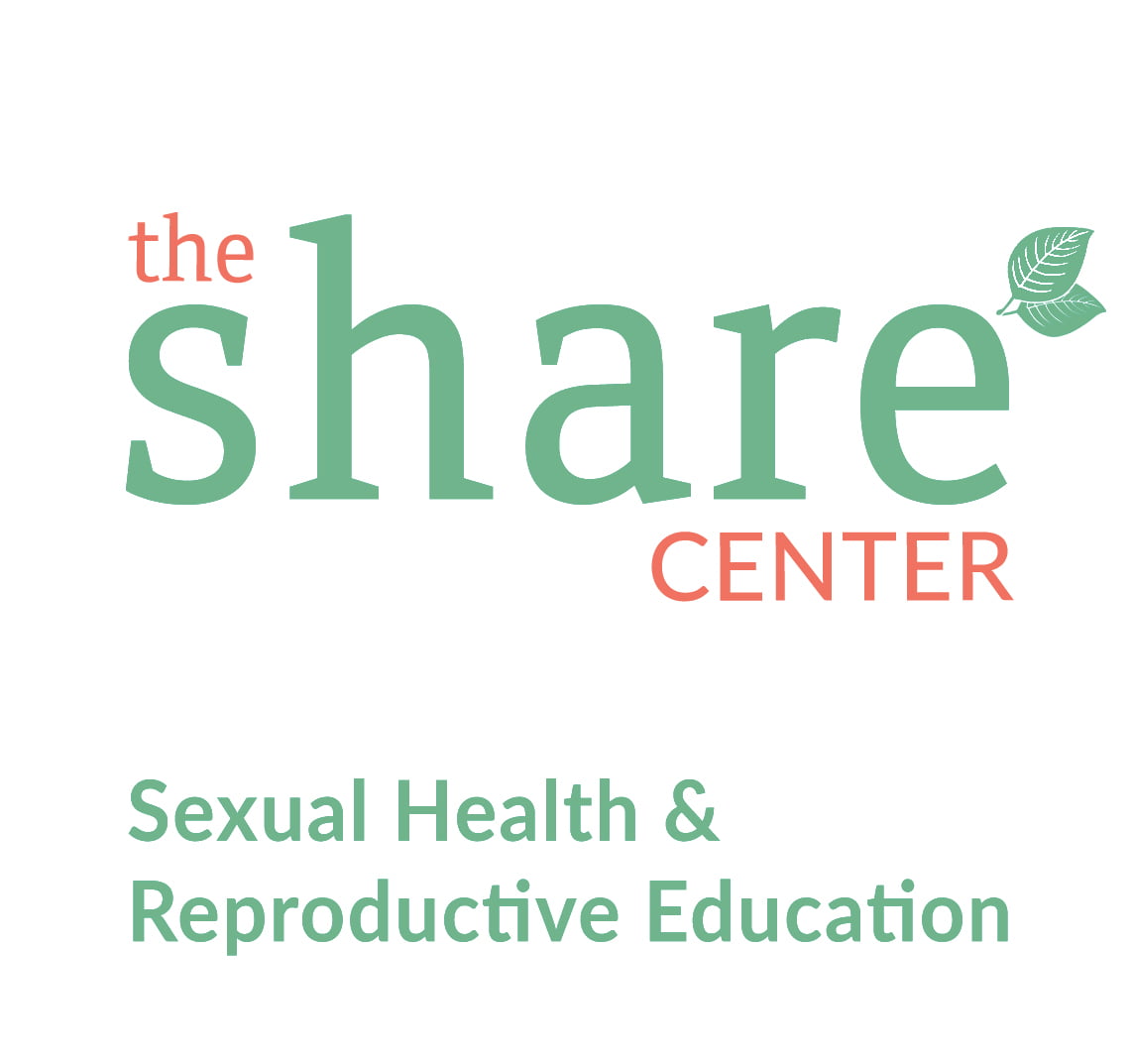The truth about STIs/STDs: What you need to know to protect yourself.
When it comes to your health, knowledge really is power—especially when it involves sexually transmitted infections and diseases. You may not feel sick, you may not have symptoms, and you may even think you’re not at risk—but the reality is, if you’re sexually active, you could have an STI and not even know it.
And what you don’t know can hurt you.
That’s why it’s so important to be informed and take steps to protect yourself. Understanding the risks and how to respond is one of the best ways to take control of your sexual health.
STI vs. STD: What’s the Difference?
You’ve probably heard both terms used, but what’s the actual difference between an STI and an STD?
An STI, or sexually transmitted infection, refers to the initial stage of the illness—before it starts causing symptoms. If the infection goes untreated and starts affecting your body, it becomes an STD—a disease. Some infections can clear up on their own or with treatment before developing into a disease, but others can lead to serious, sometimes lifelong, health complications.
In everyday conversation, the terms are often used interchangeably, but knowing the distinction helps clarify why early detection and treatment matter so much.
When Should You Get Tested?
If you’re wondering whether or not you need to be tested, here’s a simple guideline: if you’re sexually active, testing should be part of your routine care.
You should definitely get tested if:
- You’re pregnant
- You’re considering or have scheduled an abortion
- You’ve recently had unprotected sex (vaginal, oral, or anal)
- You’ve had multiple partners or recently changed partners
- You’ve experienced symptoms like itching, burning, sores, unusual discharge, or bleeding
Even without symptoms, infections can still be present—and harmful. That’s why routine testing matters.
How Common Are STDs, Really?
The numbers may surprise you:
- About 1 in 2 sexually active young people will contract an STI by age 25
- In 2018 alone, 26 million new STIs were reported in the U.S.—almost half in people aged 15–24
- 1 in 5 Americans were living with an active STI that same year
- Over a lifetime, half of all Americans will contract an STD
The takeaway? These infections are far more common than most people think.
How Are STIs Spread?
STIs are passed from person to person through sexual contact—including vaginal, oral, and anal sex. Some infections spread through skin-to-skin contact, while others are transmitted through fluids like semen, vaginal secretions, or blood.
It’s also possible to contract or spread an STI through:
- Sharing needles
- Childbirth (from mother to baby)
- Medical procedures like abortion if infection is already present
Even without visible symptoms, someone can still be contagious.
Could You Be at Risk?
You might think, “I’ve only had one or two partners—how risky could it be?”
Here’s what former U.S. Surgeon General Dr. C. Everett Koop said:
“When you have sex with someone, you are having sex with everyone they have had sex with for the last ten years, and everyone they and their partners have had sex with for the last ten years.”
That perspective puts things into focus. Just one encounter can expose you to a whole network of past infections—many of which don’t show signs until damage has already been done. Untreated STDs can lead to infertility, chronic health issues, and even become life-threatening.
What About “Safe Sex”?
The only truly safe sex is either abstinence or being in a mutually monogamous relationship with an uninfected partner for at least the past five years.
Many people assume using condoms or sticking to certain types of sexual activity (like oral sex) will fully protect them. But here’s what the Centers for Disease Control and Prevention (CDC) has to say:
- Oral sex can still transmit infections to the mouth, throat, genitals, or rectum
- Mutual masturbation can expose you to fluids or skin-to-skin infections
- Condoms don’t cover all areas that can carry or transmit STIs like HPV, herpes, or syphilis
- Even when used correctly every time, condoms are only 85% effective at preventing HIV
So while condoms can reduce risk, they don’t offer complete protection.
What’s the Best Protection?
According to the CDC, the most effective way to prevent sexually transmitted infections is abstinence or being in a long-term, mutually monogamous relationship with an uninfected partner.
But no matter where you are in your journey, it’s never too late to take charge of your health.
If you’re concerned about your risk or have questions, reach out to us at The SHARE Center. We’re here to help you get tested, get treatment if needed, and make informed choices moving forward.
Note: This article is intended for general informational purposes only and should not be taken as medical advice. For specific concerns, consult a healthcare professional.

